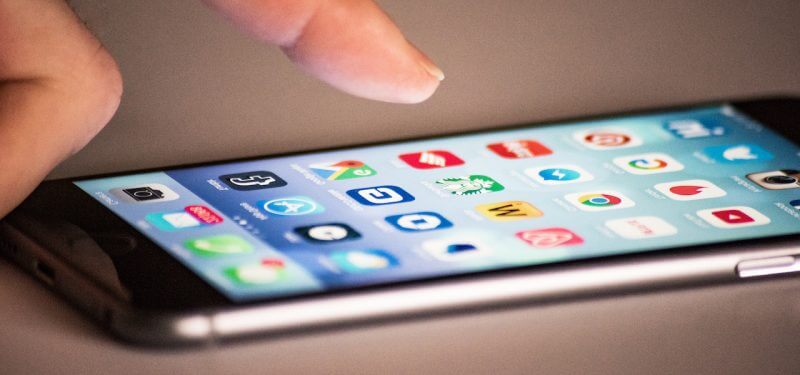Even some of the most buzz-worthy apps receive negative reviews when first unveiled. But one-star reviews on day one don’t have to be a death knell for your app. Armed with early user feedback, you have an opportunity to quickly pivot and ensure your app is meeting user needs.
Most commonly, user-identified issues stem from device resource consumption. That’s because development teams typically focus on app usability, functionality, performance, and security—ensuring the app performs as it was intended to without taking consumption into consideration. But resource consumption has a major effect on quality.
If your app is greedily draining batteries, causing crashes or requiring perfect connectivity, forget about positive reviews. And if you’re not careful, you could make the list of most performance-draining apps on the market.
Here’s how to tackle user-identified issues, by category.
Frequent crashing
If users report that your app is crashing, test how the app performs with other commonly used apps running in the background. Your app is often just one of many platforms operating at any given time. In fact, the average end user will typically have at least 10 other apps running at the same time. While you can’t test all app combinations out there, you can get a better sense of how background apps impact the user experience by testing against the top 16 most downloaded apps for your target demographic.
To cover your bases, you’ll also want to test for how the app performs during common interruptions, such as phone calls, text messages, and other pop-ups. Users are inundated with all kinds of notifications that could cause your app to crash, so make sure you’re testing for a wide variety of scenarios.
Poor connectivity
If some or all of your app’s capabilities require a network connection, testing against various network conditions should be a top priority. Slow load times or inaccessible content is the quickest way to score a negative review or lose a user for good. So if users are telling you they can’t connect, you need to figure out what’s wrong and make updates accordingly.
To get at the heart of what is causing connectivity issues, start by identifying the geographical location of users and test key locations to ensure the app is able to run smoothly in these areas. Next, test how the app performs on various network types (2G, LTE, Roaming, etc.) and under stress (If, for example, a user were to drive through a tunnel). Most users rely on apps on-the-go, which means you need to know how your app holds up across changing network strength. Depending on the results, you may find that you need to incorporate offline capabilities or backup features that don’t rely on a strong connection.
Battery drain
Users commonly complain about drained battery, and rightly so. If your app is taking a device from 100 percent to zero too quickly, adjustments need to be made. To figure out if your app is too strenuous on battery life, start by running tests that mimic the end-user environment. Test across device types that account for various battery states. A two-year-old iPhone 6 will have a very different battery life than a brand new iPhone 6 or a month old iPhone 7. Keep this in mind as you test and make sure to account for the wear and tear on devices. You’ll also need to test across operating systems and network conditions (2G, LTE, Roaming, etc.), while accounting for how background apps are impacting battery.
Additionally, it’s important to listen to the market and end users. Your app’s battery consumption can change at a moment's notice as new device types enter the market or OS updates roll out (even minor updates can have a significant impact on consumption). Keep a close eye on these releases and track feedback to ensure continuous quality.
Defects, security and resource consumption
If users are experiencing defects, security issues or any of the resource consumption issues detailed above, it may be in part due to an issue with app permissions. Many apps, both those built for iOS and Android, tend to ask for user permissions for things like location, network, camera, contacts, sensors, SMS, storage and beyond. But the app doesn’t typically need access to all of these things in order to function appropriately, and having all of these permissions can cause unexpected damage to the user.
To avoid this, provide a controlled set of app permissions to the user, so they only approve those that are required without adding unnecessary risks to their personal data on the device, the device resources and more.
User feedback, early on and throughout an apps lifetime, is a good thing. It allows developers to adjust their app to meet user needs, which ultimately leads to more downloads and better engagement.
Keep learning
Take a deep dive into the state of quality with TechBeacon's Guide. Plus: Download the free World Quality Report 2022-23.
Put performance engineering into practice with these top 10 performance engineering techniques that work.
Find to tools you need with TechBeacon's Buyer's Guide for Selecting Software Test Automation Tools.
Discover best practices for reducing software defects with TechBeacon's Guide.
- Take your testing career to the next level. TechBeacon's Careers Topic Center provides expert advice to prepare you for your next move.


